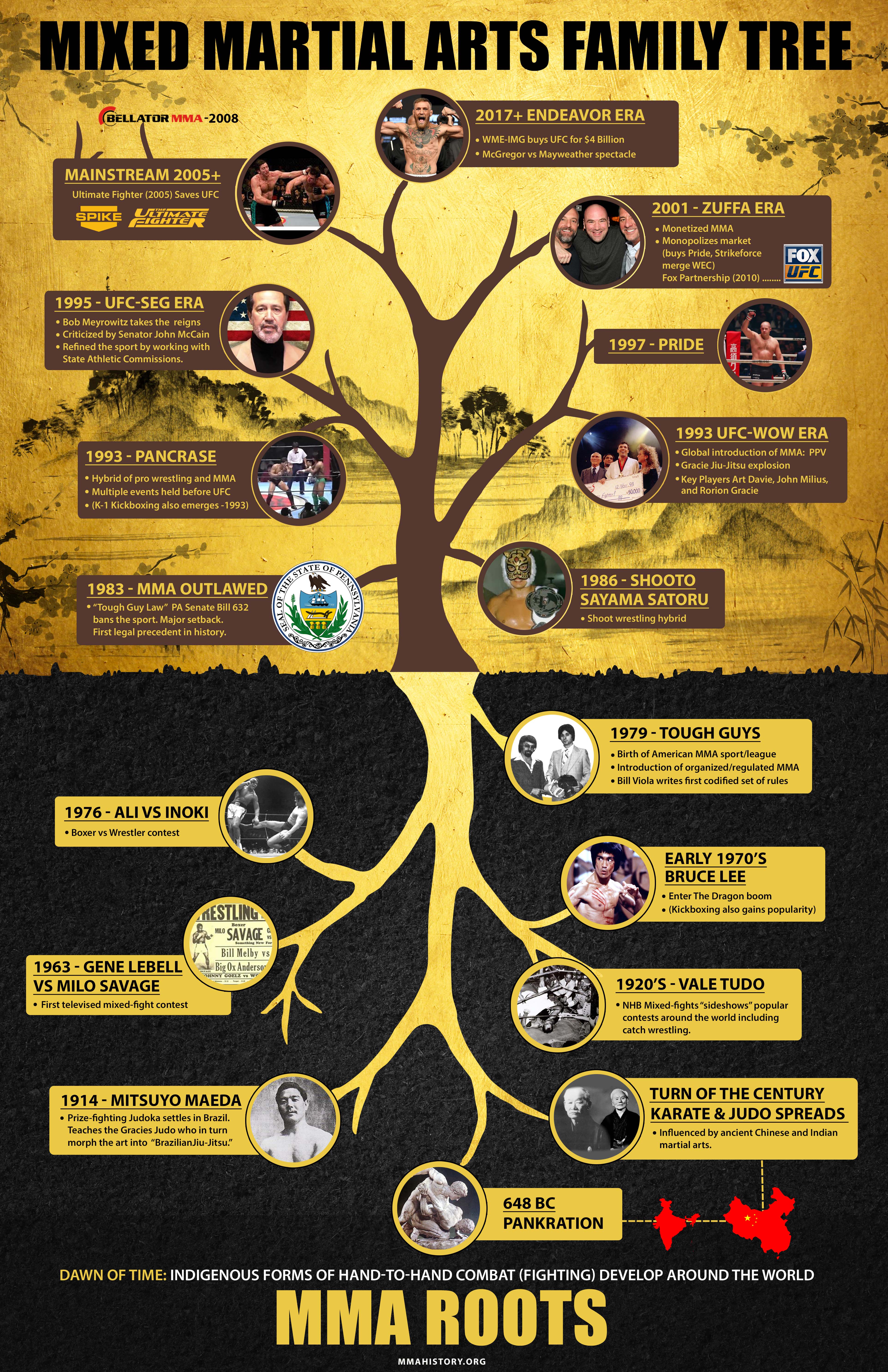How Young People Martial Arts Affect Academic Success And Concentration
How Young People Martial Arts Affect Academic Success And Concentration
Blog Article
Authored By-Johannessen Serrano
Tip onto the mat of knowledge and reveal the covert power that young people martial arts have.
Like a well-sharpened sword, the impact of these old methods on scholastic performance and focus is a pressure to be reckoned with.
As you look into the depths of this conversation, you will uncover the potential for boosted cognitive capabilities, boosted focus skills, and a substantial increase in scholastic performance.
However the trip does not end there, for real secrets lie within the pages yet to be checked out.
Improved Cognitive Capacities
Enhanced cognitive capacities have been observed in youth that participate in fighting styles. By taking part in martial arts training, you can improve your cognitive features such as interest, focus, and memory. The physical motions and methods associated with fighting styles require psychological coordination and focus, leading to boosted cognitive abilities.
Researches have actually revealed that regular engagement in martial arts can improve information processing speed and executive functions, which are important for scholastic success. Fighting style training likewise assists to improve problem-solving skills and decision-making capacities, as experts discover to evaluate and respond promptly to different situations.
Additionally, fighting styles technique promotes discipline and self-control, which are important top qualities for effective learning and scholastic achievement.
Boosted Concentration Abilities
How can martial arts educating improve your capability to concentrate?
Martial arts training can greatly enhance your concentration abilities. Through the practice of different methods and motions, you're needed to focus your interest on the task at hand. This consistent interaction assists to educate your mind to stay present and focused.
Martial arts likewise teach you to block out distractions and keep a high level of focus even in stressful circumstances. The repetition of movements and strategies during training aids to create muscle memory, enabling you to carry out actions with accuracy and effectiveness.
In https://martial-arts-for-kids-wit54432.blogsvila.com/33994765/begin-your-adventure-enlist-in-a-martial-arts-school-made-for-beginners , martial arts training typically includes psychological exercises such as meditation and mindfulness, which additionally enhance your ability to concentrate and preserve emphasis.
Boosted Academic Efficiency
Fighting style training can substantially boost your academic performance by fostering self-control, emphasis, and self-confidence.
When what is a good self defense taser women exercise fighting styles, you find out to establish goals, create routines, and manage your time efficiently. go to the website translate into improved study behaviors and much better scholastic performance.
Fighting style additionally teach you to stay focused and focus on the job available. This boosted capacity to concentrate can significantly profit your knowing experience, enabling you to take in and preserve info better.
Furthermore, the confidence gotten through fighting styles can favorably impact your academic efficiency. Counting on yourself and having a positive mindset can help you get rid of challenges, take threats, and reach your full academic capacity.
Conclusion
Young people fighting styles have a substantial effect on scholastic performance and focus.
Study shows that pupils who take part in fighting styles experience improved cognitive abilities, boosted focus skills, and increased scholastic efficiency.
Actually, a study located that trainees who take part in regular martial arts training have a 15% higher grade point average contrasted to those that don't.
This fact highlights the favorable relationship between martial arts and scholastic success, highlighting the relevance of incorporating such activities right into the lives of young individuals.
